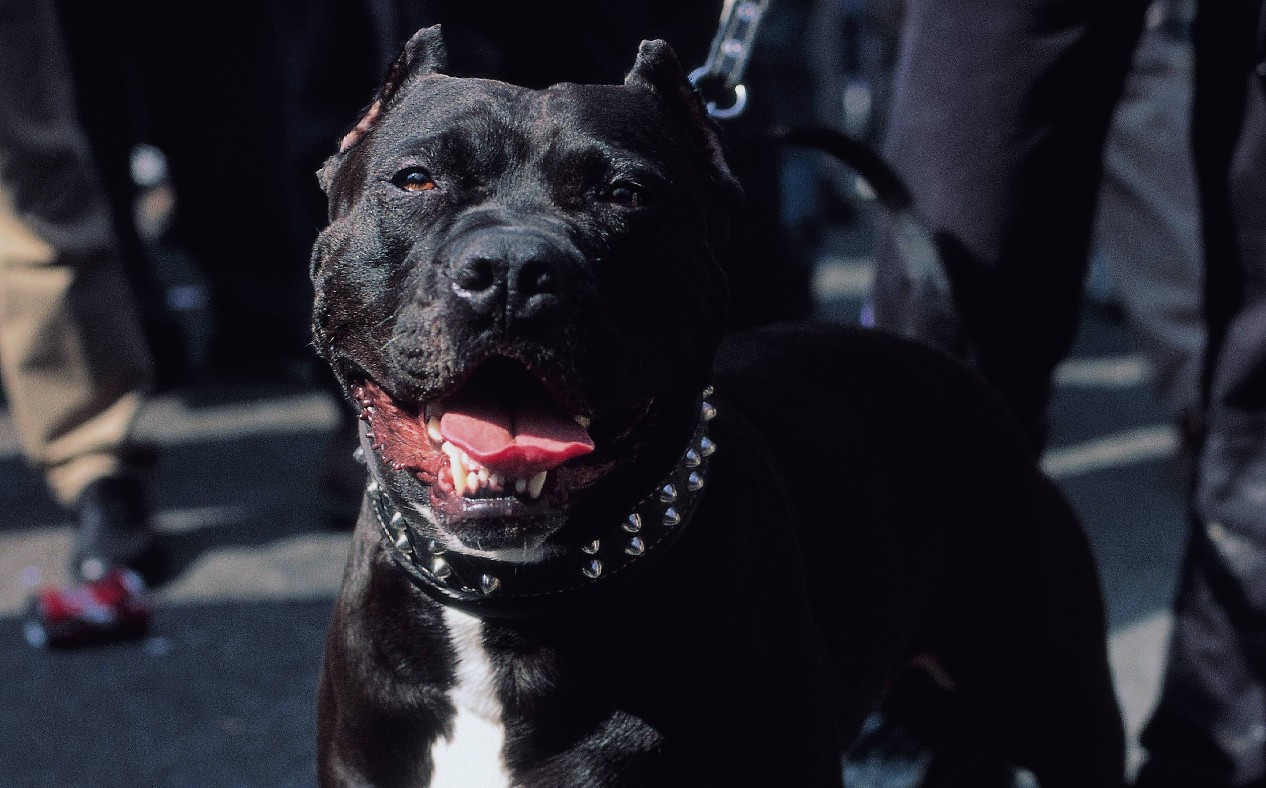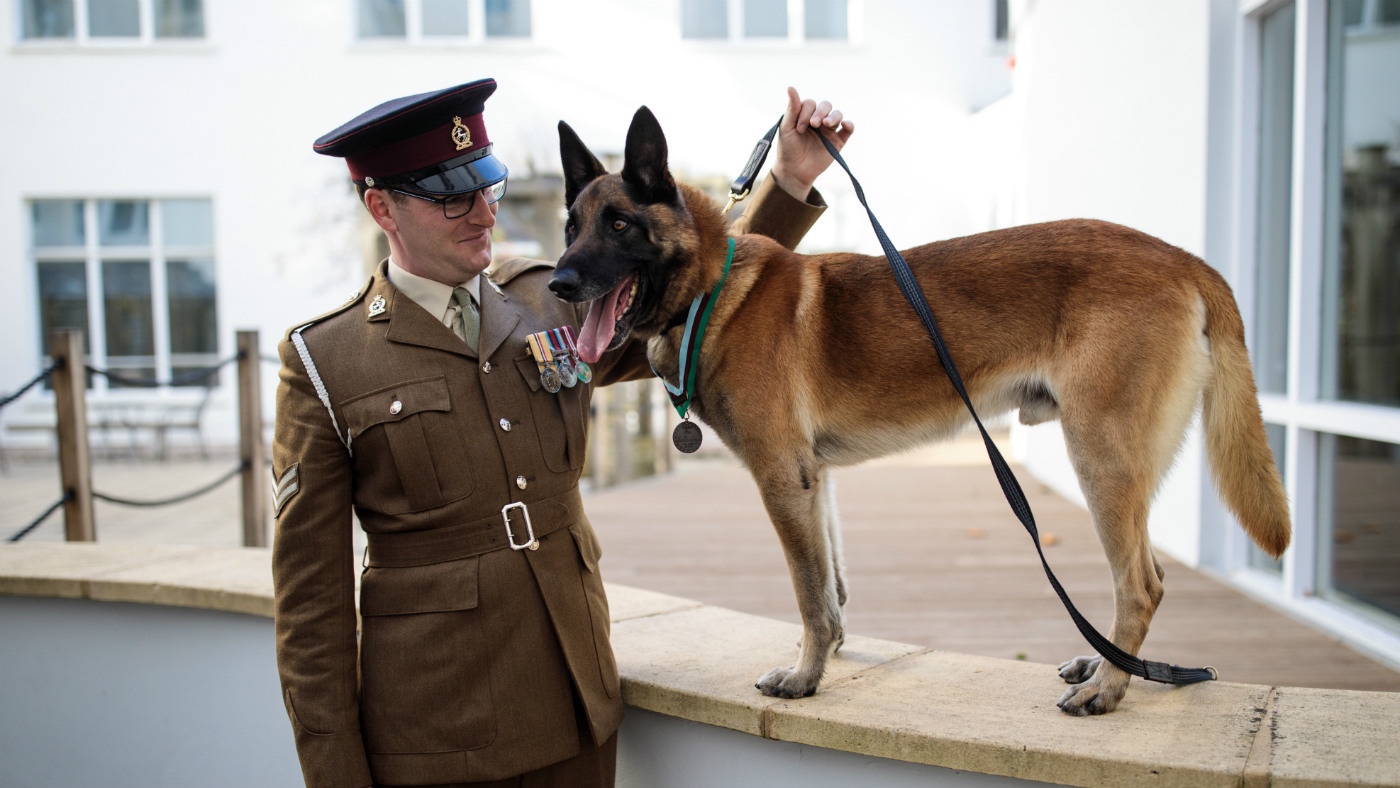The recent rise in fatal dog attacks
Two deaths in January prompt fears that ‘something has changed in the way humans and dogs interact’

Two recent high-profile fatal dog attacks have led to questions over whether more should be done to halt a recent rise in dog-related deaths in the UK.
Four-year-old Alice Stones was killed during an attack in Milton Keynes last week, and Prime Minister Rishi Sunak expressed his condolences during PMQs. That followed the death last month of 28-year-old Natasha Johnston, who was attacked by the large group of dogs she was walking in Caterham, Surrey.
Are attacks on the rise?
Between 2001 and 2021, the average number of dog-related deaths in England and Wales was 3.3 per year. However, in 2022, the rate increased markedly when ten people were killed. “It’s too early to say whether the death rate is an anomaly or the start of a shocking trend,” said Sky News, “but experts say something has changed in the way humans and dogs interact.”
The Week
Escape your echo chamber. Get the facts behind the news, plus analysis from multiple perspectives.

Sign up for The Week's Free Newsletters
From our morning news briefing to a weekly Good News Newsletter, get the best of The Week delivered directly to your inbox.
From our morning news briefing to a weekly Good News Newsletter, get the best of The Week delivered directly to your inbox.
It’s not just deaths that are on the rise. “In the last 20 years, the number of adults needing hospital treatment after a dog bite has tripled,” continued the broadcaster.
Although the dog population has increased over this period, the rise in attacks far outweighs the rise in pet ownership, “which means dogs are biting humans more than they used to”, added Sky News.
In 2018, 8,389 people were hospitalised as a result of a dog attack. In 2002, that number was just 3,395. At Alder Hey Children’s Hospital in Liverpool, the number of children attending A&E for dog bites tripled during the first Covid lockdown.
What is behind the rise?
One reason suggested for why attacks could be on the rise is the way humans anthropomorphise their pets, forgetting that they’re actually a different species. “Anyone who has ever listened to a dog owner in the last few years will have noticed the way they address the animal in full plaintive sentences, apparently forgetting the four-footed can’t actually speak English,” said Zoe Strimpel in The Spectator.
A free daily email with the biggest news stories of the day – and the best features from TheWeek.com
Strimpel echoed the thoughts of John Tulloch, a vet and epidemiologist at the University of Liverpool, who told The Guardian: “I do think the way you see people interacting with dogs on social media is very different to what was occurring, say, 20 or 30 years ago.” A video showing a dog supposedly smiling might get rewarded with a lot of likes and shares. “But that dog isn’t smiling – it’s showing its teeth, and that’s a sign that it’s stressed and uncomfortable, so the potential that that dog could then go on to bite is greater,” he added.
Who’s to blame?
Carri Westgarth, a senior lecturer in human-animal interaction at the University of Liverpool and the author of The Happy Dog Owner, doesn’t believe we can lay the blame solely at the door of the owners. She told The Guardian that she refutes the old axiom that “there’s no such thing as a bad dog, just a bad owner” and believes that “as an owner we can try to do all the ‘right’ things”, but sometimes the dog’s genetics or early-life experiences are simply beyond the owner’s control.
However, Westgarth added that the conditions dogs are expected to put up with do put a strain on them. “It’s a busy, stressful world even for us, and we expect our dogs to come everywhere with us, and cope with all the places and people,” she said. “Unless dogs have been bred from parents with nice and confident temperaments, and are well-socialised and trained when they are young, they may struggle to cope when they are older,” she added.
What are the rules around dog ownership?
The number of Britons owning dogs increased during the pandemic by around 10%, meaning more than 10 million people were sharing their homes with a four-legged friend.
The need to have a licence to own a dog was scrapped in 1987, having been introduced during the Victorian era. “At the time of abolition, licences still cost only 37.5p and were held by only around half of dog owners,” reported The Telegraph.
Today, all dogs must be microchipped, though that data is stored by the private companies that administer the chip, rather than within a centralised database.
In 1991, the Dangerous Dogs Act was introduced with the aim of preventing dog attacks. Four dogs remain illegal in the UK today as a result: pit bull terriers, Japanese Tosas, the dogo Argentino and the fila Brasileiro are all banned in the belief that they are typically fighting dogs.
“Some experts say the legislation itself is problematic, and has created a misguided sense of comfort that all remaining dog breeds are safe,” said the Daily Mail.
Dr Tulloch told the paper: “The debate on dangerous dog breeds is endless. I don’t think we have any clear evidence that one breed is more dangerous than the other, as we don’t fully understand the make-up of our dog population in this country.”
-
 7 bars with comforting cocktails and great hospitality
7 bars with comforting cocktails and great hospitalitythe week recommends Winter is a fine time for going out and drinking up
-
 7 recipes that meet you wherever you are during winter
7 recipes that meet you wherever you are during winterthe week recommends Low-key January and decadent holiday eating are all accounted for
-
 Nine best TV shows of the year
Nine best TV shows of the yearThe Week Recommends From Adolescence to Amandaland
